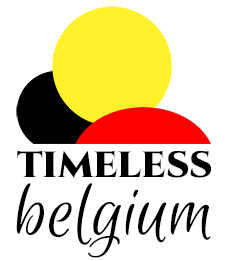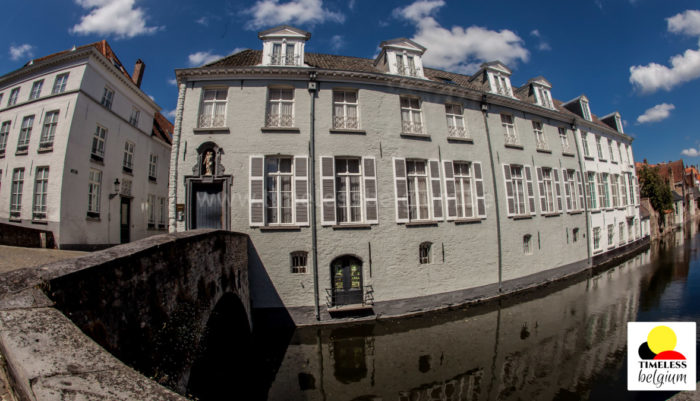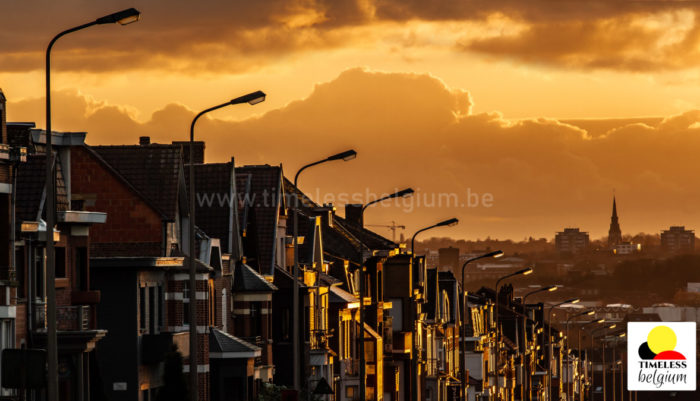Beautiful time lapse video of iconic Peter the Great ( Pouhon Pierre le Grand) octogonal building with heavy traffic in the city centre and fluffy clouds in the sky
Browse the collection : Spa, the Pearl of the Belgian Ardennes
Pouhon Pierre le Grand shelters the most prolific spring; naturally fizzy, it is full of mineral salts and rich in iron with an average flow rate of 21,000 liters per day. Constructed in 1880 by Victor Besme, the building was completely renovated by the architect Léo Haesbroeck in 2012. It houses the Tourist Office and the celebrated Spa «Livre d’Or», the work of artist Antoine Fontaine, nine meters long and representing in joyous chronological disorder 92 famous people who came to take the waters at Spa. Interactive animations show the wealth of Spa through its prestigious past as well as the current dynamism of the thermal city.
The spring sheltered in this Neoclassical pavilion from 1880 is the most famous of the many that rise around Spa. This is the source that gave birth to Spa as a resort, and takes its name from Peter the Great who “took the waters” on this very ground in 1717. Inside is the “Fontaine aux dauphins intérieure”, the most ornate of the many fountains in the town. After a refurbishment, the pavilion reopened in 2012 as the new home of Spa’s tourist office.
The “blue gold” flows in abundance from the town’s many springs, the most famous of which is the Pouhon Pierre le Grand. At every corner of Spa, you find springs commonly dubbed ‘pouhons’ which visitors can access freely. The full circuit comprises the following pouhons: ‘Pierre-le-Grand and Prince de Condé’ (down town), ‘la source du Tonnelet’, ‘Fontaines de la Sauvenière et de Groesbeck’, ‘source de Barisart’ and ‘Fontaine Géronstère’, with the two latter located (at about 300m to 450m) of altitude in the woods nearby.
File names, codec and sizes | ||
spa06_fhd | spa06_5K+ | spa06_web |
Mov ProRes 422 HQ | Mov ProRes 422 HQ | H264 Mp4 |
226 Mo | 1,81 Go | 13 Mo |

 My Account
My Account 



